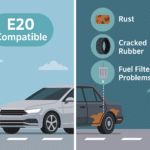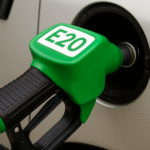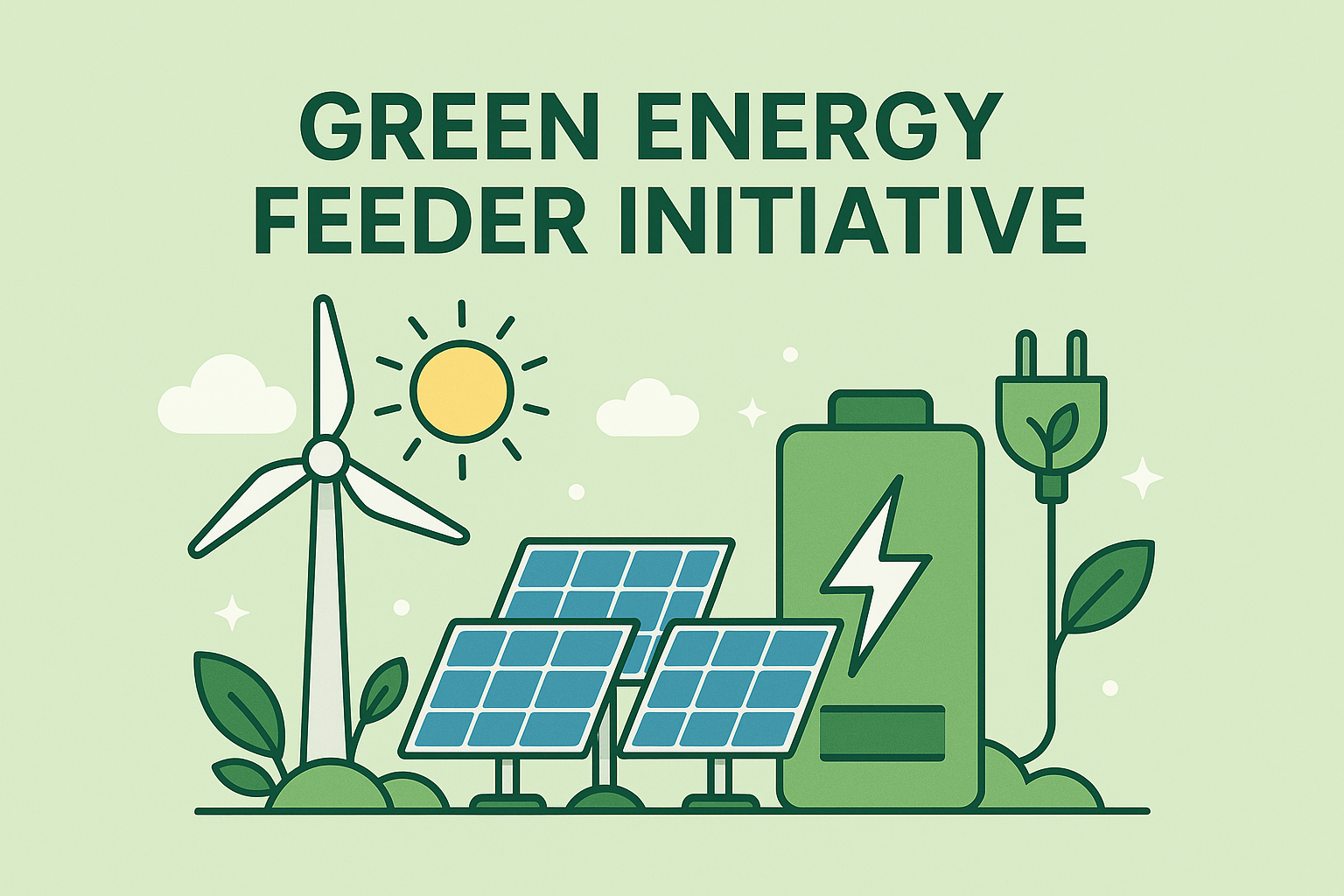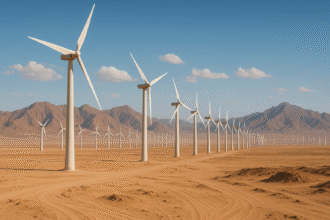India has achieved a significant renewable energy milestone by crossing 51 GW of cumulative installed wind capacity as of Q1 FY25, reinforcing its position as the third-largest wind energy market globally. This accomplishment is not just symbolic; it underlines the country’s growing emphasis on clean energy transition amid rising energy demands and climate commitments.
Growth Trajectory: A Decade of Steady Progress
Wind energy capacity in India has seen a consistent upward trajectory over the past four years. From 40.3 GW in Q4 FY21, India has added more than 11 GW by Q1 FY25. The growth has been particularly encouraging in the last two quarters:

- Q4 FY24: A record quarterly increase of 3.9%, adding nearly 1.9 GW.
- Q1 FY25: Continued momentum with 2.5% growth.
This trend signifies improving project execution and enhanced state-level policy support, especially in high-potential regions.
State-Level Dynamics: Where the Wind Blows Strongest
According to the National Institute of Wind Energy (NIWE), India possesses a theoretical wind power potential of 1,163.9 GW at a height of 150 meters. The majority of this lies in eight windy states:

Despite this vast potential, current installed capacity (~51.3 GW) accounts for only ~4.4% of the total, indicating a substantial untapped opportunity.
Regional Focus: Rajasthan and Gujarat Lead the Way
- Rajasthan: With the highest potential (284.2 GW), the state has witnessed strong momentum in hybrid and storage-linked projects.
- Gujarat: Hosting over 10 GW of operational wind capacity, Gujarat has led in grid access reforms and land acquisition efficiency.
- Maharashtra & Karnataka: Together contributing more than 20% of total installed capacity, these states are ideal for repowering aging wind assets.
Unlocking the Opportunity: Strategic Imperatives
- State-Specific Auctions: MNRE and SECI must design wind-exclusive bids focused on high-potential states with underutilised capacity.
- Hybridisation & Storage: Policies should incentivise wind-solar hybrid models coupled with BESS to ensure round-the-clock clean power.
- Transmission Infrastructure: Strengthening ISTS and GNA allocations in windy regions is key to absorbing and dispatching variable wind output.
- Offshore Wind Rollout: With offshore potential along Gujarat and Tamil Nadu coasts, India must fast-track the first 4 GW pilot auctions under the National Offshore Wind Energy Policy.
Looking Ahead
As India targets 500 GW of non-fossil capacity by 2030, wind energy is expected to contribute over 140 GW, according to CEA projections. Achieving this would require tripling the current pace of deployment and aligning regulatory, financial, and infrastructural support accordingly.
The journey beyond 51.5 GW must now focus on unlocking the full wind potential with a multi-pronged strategy that integrates land, transmission, storage, and market access. In doing so, wind energy will continue to be a cornerstone in India’s path to net-zero by 2070.
















